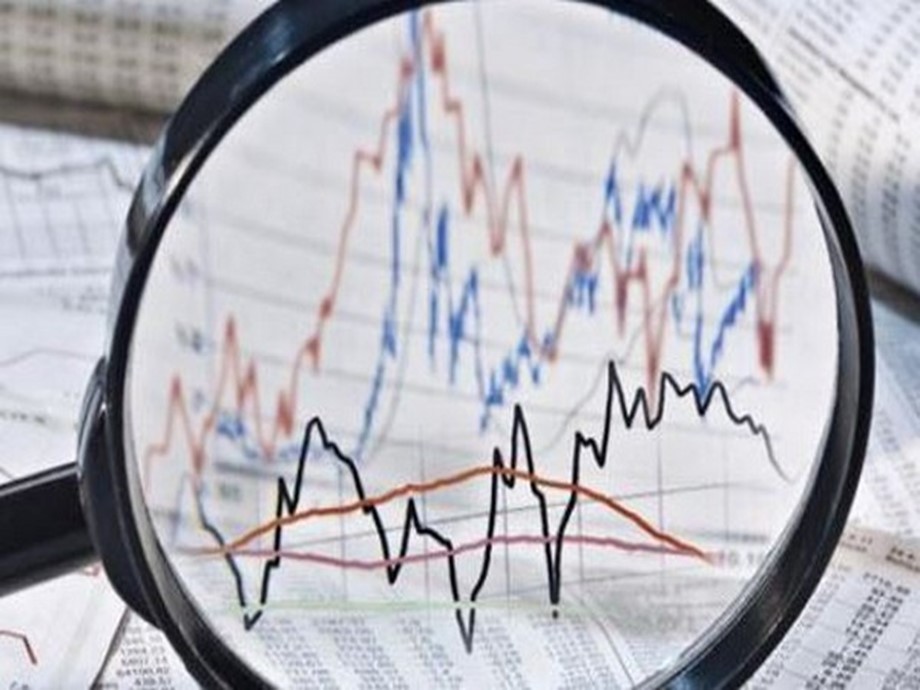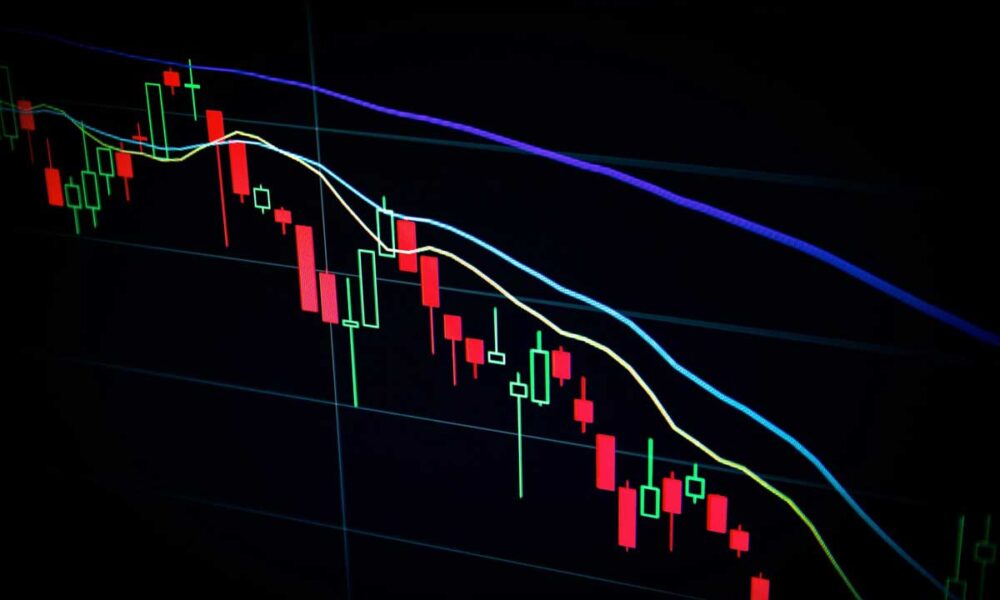By Enrique Feas*
The invasion of Ukraine was a slow-moving crisis, both in terms of development and reaction from the EU. After an onset of surprise and restraint, awareness of the seriousness of the situation and its geopolitical implications led the EU to impose severe sanctions on Russia, affecting not only trade and individuals, but also the financial system, including denying various Russian banks access to the SWIFT messaging network and freezing the foreign exchange reserves of the Russian Central Bank. Limiting Russia’s access to payment systems and its ability to intervene in currency markets will have a major impact on its economy and financial stability (indeed, the immediate reaction was a sharp rise in interest rates capital controls).
As in the case of Iran 10 years ago, the sanctions and the exclusion of SWIFT should result in a sharp drop in Russian exports (including energy, although theoretically down outside the embargo). Given the strong economic interdependence between Russia and the EU, the latter will also suffer. But it is inevitable: there cannot be effective sanctions against Russia without there being an impact on the European economy.
How could this situation affect Spain?
Subject to the caution that must prevail in the analysis of such a volatile economic situation, two types of effects should be distinguished: those in the first category, relating to the real economy, result from restrictions on the supply of energy, raw materials and industrial products (both from Russia, due to sanctions, and from Ukraine, due to the war); and the second category, of a financial nature, stems from the impact on prices and interest rates. In the case of Spain, it is possible to predict that the latter will be clearly superior to the former.
To analyze the impact on trade and structural dependence, the author suggests using the BACI database compiled by CEPII, a revised version of the UN COMTRADE which includes more than 5,000 products traded bilaterally by over from 200 countries. Data from 2019 will be used, as the most recent available, from 2020, is skewed by the impact of the pandemic.
Regarding the first category of effects, it is obvious that Spain does not have a high degree of exposure to Russia in terms of energy dependence. In 2019, less than 11% of Spain’s oil imports came from Russia, well below 37% from Germany and 22% from Italy. When it comes to gas, just 6% of Spain’s purchases come from Russia, well below the EU average of 40%. This includes 37% reliance on Italy, 58% on Hungary and 84% on the Czech Republic (Germany does not distinguish between the sources of its gas imports, but is estimated to be around one-third and 40%).
As far as agricultural goods are concerned, the dependence on Spain has a microeconomic but not a macroeconomic importance: thus, Ukraine is the source of 38% of Spanish imports of maize, a quarter of its imports of barley and two-thirds of its sunflower oil imports, as well as 10% of its wheat imports. As for other products, Spain imports much less fertilizer from Russia than other European countries and almost no gold (unlike the UK and Switzerland), copper (unlike the Netherlands and Germany), diamonds (unlike Belgium), palladium, platinum, titanium or iron.
Spain is also not very dependent on Russian trade in services, excluding tourism. Regarding the latter, 1.3 million Russian tourists visited Spain before the pandemic (very important for regions like Catalonia and other coastal and island regions), and a reduction in these numbers is likely in because of the sanctions and the depreciation of the rouble. This will affect the revenues of Spanish companies such as Hoteles Melià, Amadeus and Iberia (the latter also due to the closure of airspace). There is also a risk that sanctions will affect some Spanish engineering and consultancy companies.
There are no major Russian or Ukrainian investments in Spain, although it should be noted that the owner of the supermarket company Dia has been placed on the list of those sanctioned by the EU because of its proximity famous with the Russian President. There are also no major Spanish investments in Russia or Ukraine, at least in quantitative terms, although there are more than 130 Spanish companies operating in Russia and more than 30 in Ukraine, in sectors such as as textiles (Inditex), automotive parts (Gestamp and Grupo Antolín) and luxury items (Tous and Lladró), not forgetting those involved in tourism.
The most alarming effects for Spain at the macroeconomic level, however, will be those of the second category. Oil and gas prices are already climbing and the normalization predicted by the European Central Bank in the first half of the year (allowing to avoid an increase in interest rates) has now evaporated. Indeed, accelerating fuel price inflation could contribute to raising medium-term inflation expectations, which could trigger a price-wage spiral. In addition to fuel prices, a significant rise in food prices is likely, spurred by a reduction in wheat (Russia and Ukraine together export more than 20% of the world total), barley ( 16% between them) and fertilizer exports (Russia exports 14% of the world’s fertilizers and most nitrogen fertilizers). It should not be forgotten that some Mediterranean countries are heavily dependent on Russian wheat (Egypt imports almost two-thirds of its total from Russia) or that the Arab Spring of 2010 came just after a marked rise in the price of wheat (in this case due to severe droughts in Russia and Ukraine).
The inevitable rise in interest rates will hamper the economic recovery in Europe, especially in countries like Spain which were lagging slightly behind. With regard to public debt, the Spanish Treasury’s strategy of taking advantage of low interest rates to extend the average duration of outstanding debt (more than eight years, compared to just over six years ten years ago ) and the low interest rates on new debt issues will help mitigate the impact of such a rise on Spain’s economic growth prospects. It should be borne in mind, however, that in the context of uncertainty the spread with respect to safer assets will tend to widen, and that the spread between Spanish 10-year debt and German bonds has already jumped by 72 to 100 basis points between the beginning of January and the end of February.
Nor should we overlook the effects of this crisis on some of the emerging countries with which Spanish companies are highly exposed, such as certain Latin American countries and Turkey. In the case of Latin America, this is particularly due to the impact on borrowing costs (although trade levels are low, direct investment in some countries is considerable), and in the case of Turkey (which was already suffering from financial problems) due to both borrowing and trading costs, because after blocking the entry of Russian warships into the Bosphorus and the Dardanelles, a some tension with Russia, from which Turkey imports more than half of its oil and two-thirds of its wheat.
In conclusion, Spain’s relatively low dependence on Russia may allow it to manage the effects of this crisis on the real economy (except of course the serious effects on certain companies), but the he higher indebtedness and Spain’s lag in the European cycle will put it in a worse situation when fuel and food prices affect the rest of the European economy and interest rates and debt spreads are beginning to reflect these heightened risks.
*About the author: Enrique Feás is a Senior Analyst at the Elcano Royal Institute, Independent Consultant, Adjunct Professor at IE University and the IE School of Global and Public Affairs. He is a State Economist and Trade Expert (Técnico Comercial y Economista del Estado), currently on leave.
Source: This article was published by Elcano Royal Institute










/cloudfront-us-east-2.images.arcpublishing.com/reuters/OXBOGDLIXNPTVC4653UVTMCWKU.jpg)
